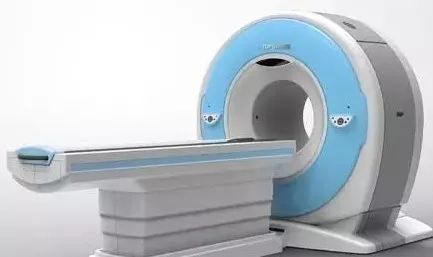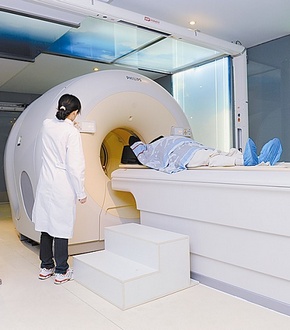Pet vs PET CT: Understanding the Differences and Benefits
### DescriptionIn the realm of veterinary medicine, accurate diagnosis is crucial for effective treatment. Two common imaging techniques used in this field……
### Description
In the realm of veterinary medicine, accurate diagnosis is crucial for effective treatment. Two common imaging techniques used in this field are traditional pet imaging and PET CT scans. Understanding the differences between Pet and PET CT can help pet owners make informed decisions about their furry companions' health. This article delves into the specifics of both methods, highlighting their advantages, applications, and when each might be appropriate.
#### What is Pet Imaging?
Traditional pet imaging typically refers to standard X-rays, ultrasounds, or CT scans that provide detailed images of a pet's internal structures. These methods are invaluable for diagnosing broken bones, tumors, or other abnormalities. X-rays are often the first line of defense in identifying skeletal issues, while ultrasounds can reveal soft tissue problems and organ health.
While traditional imaging is effective, it has limitations. For instance, X-rays primarily show the structure of bones and some soft tissues, but they do not provide metabolic information. This means that while a tumor may be visible, the imaging may not reveal whether it is active or benign. Furthermore, some conditions, such as certain cancers, may not be detectable through standard imaging alone.

#### What is PET CT?
On the other hand, PET CT (Positron Emission Tomography-Computed Tomography) is a more advanced imaging technique that combines the functional imaging of PET with the anatomical imaging of CT. This dual approach provides a comprehensive view of the pet's body, allowing veterinarians to see not just the structure but also how different tissues are functioning.
PET CT works by injecting a small amount of radioactive material, or tracer, into the pet's body. This tracer is attracted to areas of high metabolic activity, such as tumors. The PET scan detects the radiation emitted by the tracer, highlighting areas of concern. The CT scan then provides detailed anatomical images, allowing for precise localization of any abnormalities.
#### Advantages of PET CT

The primary advantage of PET CT lies in its ability to provide functional and structural information simultaneously. This is particularly beneficial for diagnosing cancers, as it can help determine the aggressiveness of a tumor and whether it has spread to other parts of the body. Additionally, PET CT can assist in monitoring the effectiveness of treatment, as changes in metabolic activity can indicate how well a pet is responding to therapy.
Another significant benefit of PET CT is its non-invasive nature. While traditional imaging methods may require sedation for certain pets, PET CT can often be performed without sedation, reducing stress for both the pet and owner.
#### When to Choose Pet vs PET CT
Deciding between Pet imaging and PET CT largely depends on the specific health concerns of the pet. For routine check-ups or straightforward injuries, traditional imaging methods may suffice. However, if a pet is showing signs of a complex condition—such as unexplained weight loss, persistent vomiting, or a suspected tumor—veterinarians may recommend a PET CT for a more comprehensive evaluation.

Moreover, PET CT is particularly useful in oncology, neurology, and cardiology, where detailed insights into metabolic activity are crucial for accurate diagnosis and treatment planning. For pets with suspected cancers, PET CT can provide critical information that may change the course of treatment.
#### Conclusion
In summary, both Pet imaging and PET CT have their place in veterinary medicine. Understanding the benefits and applications of each method can empower pet owners to make informed decisions about their pets' health. While traditional imaging techniques are effective for many conditions, PET CT offers a more detailed and functional perspective, particularly for complex cases. Always consult with a qualified veterinarian to determine the most appropriate imaging method for your pet's specific health needs.